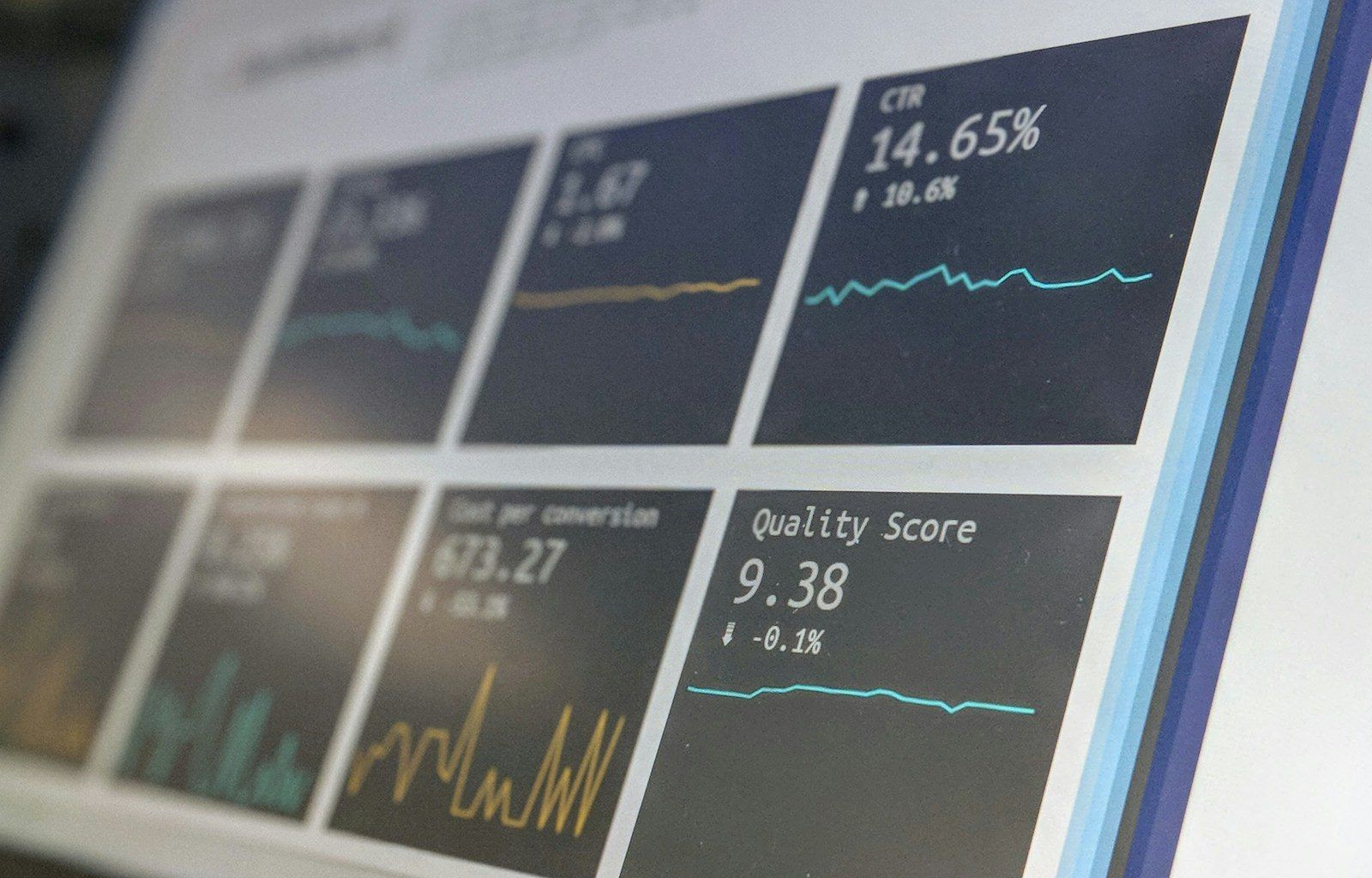For musicians, knowing how they earn money from streaming platforms like Spotify is crucial. However, when terms like royalty reports, streaming revenues, and payout structures come up, things can get confusing. If you’re an artist trying to figure out how Spotify royalty reports work, you’re not alone.
In this comprehensive guide, we will break down everything you need to know about royalty reports on Spotify. By the end, you’ll know exactly where your money comes from, how it’s calculated, and how to make the most out of your streams.
Let’s dive in!
What Exactly Are Spotify Royalty Reports?
Spotify royalty reports are detailed breakdowns of the earnings musicians receive from streams on the Spotify platform. When your music is streamed, Spotify generates royalties and sends those earnings to your distributor, label, or directly to you, depending on your agreement.
But how much money does one stream generate? This is the question most artists ask.
Spotify doesn’t pay a fixed rate per stream. Instead, royalties are calculated based on a complex formula involving total streams, your share of streams, and other factors.
Understanding how to read Spotify royalty reports is important because it gives you transparency. You can track your earnings, spot trends, and make better decisions to grow your music career.
How Do Spotify Royalties Work?
Before we dive deeper into Spotify royalty reports, let’s first understand how royalties work on Spotify. Spotify generates revenue through two main sources:
- Premium Subscriptions: Listeners who pay for Spotify Premium.
- Ad-Supported Streams: Listeners who use the free version of Spotify.
Spotify pools all the money it makes from these sources and distributes it to rights holders. Here’s a simple breakdown of the process:
- Spotify collects revenue.
- The revenue is pooled and divided among rights holders (artists, songwriters, labels, and distributors).
- Your share of the total streams determines your payout.
For example, if your music accounts for 1% of all streams on Spotify for a given month, you would receive 1% of the total revenue distributed as royalties.
So, where do Spotify royalty reports come into play? These reports show you how much money you’re earning and where it’s coming from.
Why Are Spotify Royalty Reports Important for Artists?
If you’re a musician, royalty reports are more than just numbers. They provide valuable insights into your music career, such as:
- Earnings Transparency: See exactly how much money you earn and from which streams.
- Performance Metrics: Understand where your streams come from (e.g., country, playlists).
- Strategic Decisions: Use the data to plan your marketing, tours, or releases better.
Let’s say your royalty report shows that most of your listeners are in Germany. You can use this information to target German listeners with ads, perform in Germany, or release music tailored to that audience.
In short, Spotify royalty reports help you make smarter, data-driven decisions.
How to Access Your Spotify Royalty Report
If you want to view your Spotify royalty report, you can get it through your music distributor. Popular distributors like DistroKid, CD Baby, or TuneCore provide detailed royalty reports for artists.
Here are the steps to access your Spotify royalty report:
- Log in to your distributor’s account (e.g., DistroKid, CD Baby).
- Navigate to the “Royalty Reports” or “Revenue” section.
- Download the report or view it directly on the platform.
For artists signed to a label, royalty reports are often provided by the label on a monthly or quarterly basis.
How Are Spotify Royalties Calculated?
Spotify royalties are calculated using a pro-rata payment model. This means that your earnings are based on the total number of streams across the platform.
Here’s the simplified process:
- Spotify calculates total revenue for the month.
- The total number of streams is determined for all artists combined.
- Your share of the total streams determines your percentage of the total payout.
For example:
- Total revenue = $1,000,000
- Total Spotify streams = 1 billion streams
- Your streams = 100,000 streams
Your share = (100,000 / 1,000,000,000) = 0.01%
You would earn 0.01% of the total revenue, which in this case is $100.
Keep in mind that the final payout depends on multiple factors, such as:
- The listener’s subscription type (Premium or Free)
- Region or country of the listener
- Exchange rates
- Your agreement with your distributor or label
Common Terms in Spotify Royalty Reports Explained
When you first open a Spotify royalty report, you might come across confusing terms. Let’s simplify some of the most common ones:
- Streams: The number of times your song was played for at least 30 seconds.
- Gross Revenue: Total revenue generated before deductions.
- Net Revenue: Revenue after deductions like taxes, fees, and distributor cuts.
- Payout Rate: The percentage of revenue you receive from total earnings.
- Territory: The countries or regions where your streams came from.
How Much Does Spotify Pay Per Stream?
This is one of the most common questions about Spotify royalty reports. Unfortunately, Spotify doesn’t have a fixed payout per stream. On average, Spotify pays between $0.003 and $0.005 per stream.
This means that 1,000 streams can earn you between $3 to $5.
However, this amount varies based on:
- The listener’s country
- The type of account (Premium or Free)
- Your royalty agreement
For example, streams from the United States or the UK usually earn more compared to streams from other regions due to higher subscription rates.
Tips to Maximize Your Spotify Royalties
Now that you understand Spotify royalty reports, here are some tips to increase your earnings:
- Promote Your Music on Playlists: Getting featured on Spotify playlists can skyrocket your streams.
- Focus on High-Engagement Regions: Use your royalty reports to target countries where your music performs best.
- Release Music Consistently: Regular releases keep your audience engaged and increase your streams.
- Build a Loyal Fanbase: Encourage fans to follow you on Spotify and stream your music.
- Leverage Spotify for Artists: Use Spotify for Artists to monitor performance and plan promotions.
Final Thoughts
Spotify royalty reports might look complex at first, but they are incredibly valuable for musicians. By understanding your reports, you gain insights into your earnings, streams, and fanbase. This allows you to plan better, promote smarter, and ultimately grow your career.
Always keep an eye on your royalty reports, and don’t hesitate to ask questions about any numbers that don’t make sense. Your music deserves to be heard, and you deserve to be paid for it.
For further reading, explore these related articles:
- How to Put Music on Spotify: A Complete Guide for Artists
- Electronic Press Kit Sample: A Complete Guide to Make Yours Stand Out
For additional resources on music marketing and distribution, visit DMT Records Private Limited.






